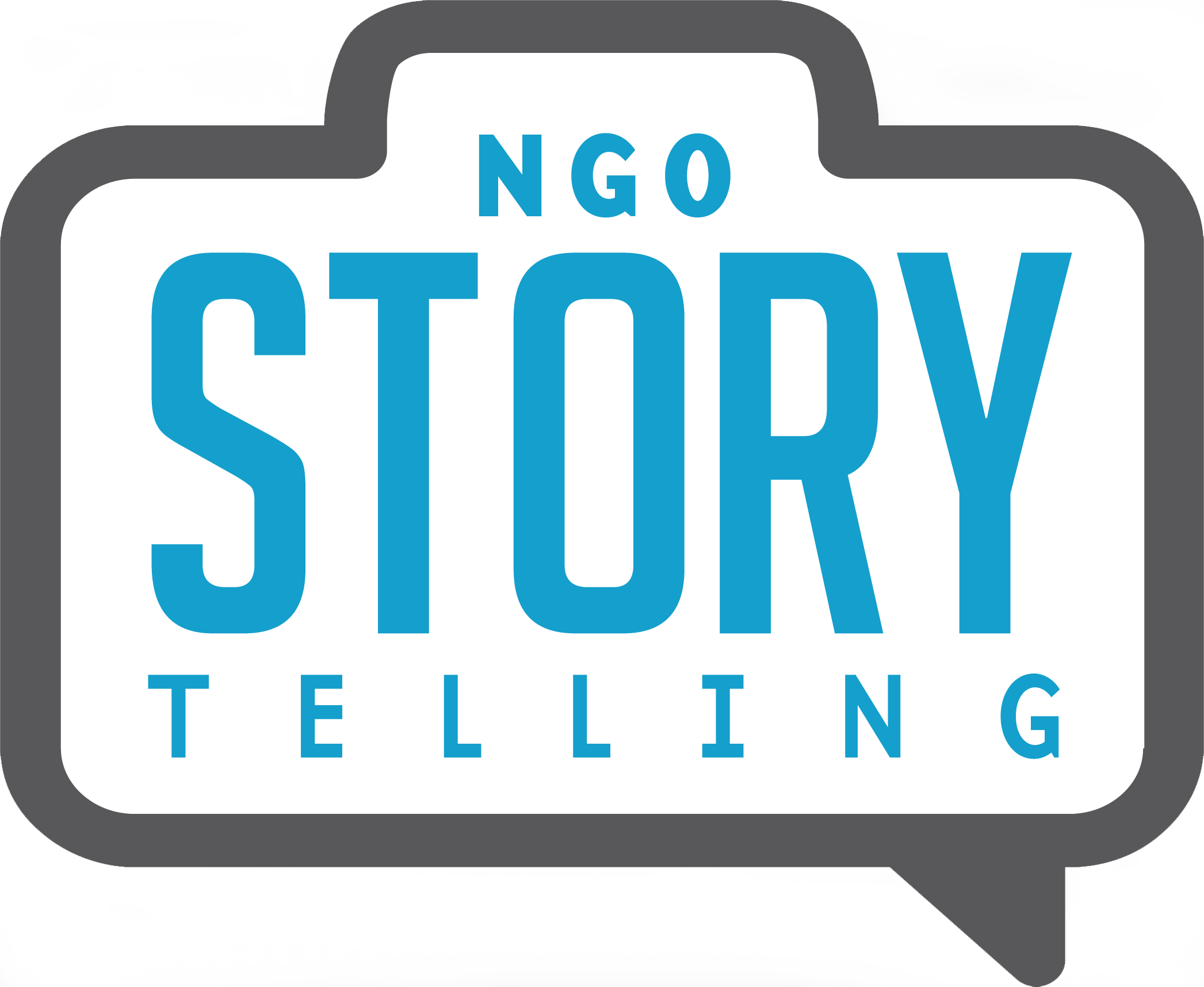Real Nonprofit Stories: Foodies Without Borders
Oluwaseun Babalola is the founder and executive producer at DO Global Productions. DO Global Productions is a video production company specializingin documentary media and providing positive narratives of people of color since 2015.
How were you connected with Foodies Without Borders?
I connected with the founder of Foodies Without Borders, Anthony Njigua, via an online non-profit message board. After a few conversations about entrepreneurship in Africa, we both decided to work on this project together in Malindi, Kenya. The company didn't have a large budget, so I agreed to do the project under the condition that all of my expenses were paid (my flight, food, and accommodation) and that I maintained ownership of all of the footage captured. In exchange, I delivered the final video. I believe that if you're passionate about a project, you can determine what conditions you agree to and can balance that with the amount of work you put in. Just make sure that whatever you decide, you're comfortable.
Who came up with the Foodies Without Borders video concept and why is it important to the nonprofit's mission?
The concept was a joint effort. Anthony had an idea of what he wanted to capture, and I chimed in on how we could make it happen and what we could add to make the piece more of an introduction to the company. We both agreed that the importance of education would be the main theme of the project, but I found it important for the information to come straight from the prospective students themselves.
How much freedom did you have as the media producer to collect the story?Were you solely directed by the nonprofit or did you have the freedom to work on your own ideas?
I had a lot of freedom in terms of capturing the content and with any creative ideas I had. My ideas had to be adaptable, since I knew a lot of the shooting plans could change once we hit the ground.
Did you advise the organization on what stories would work best for this specific media? Did you have the flexibility to seek out additional stories while on the ground?
A lot of the shooting was done on the fly, so I had to be ready to capture anything. There was minimal pre-production work to do because we wouldn’t know how to find some of the “beach boys”, where they lived, or when they’d be around until we got to Malindi. When we did run into them, they were unfamiliar with who Anthony or I were, and were hesitant to share their stories. After getting familiar, it was a lot of content coming all at once, and not in a language I speak. I guided the questions, and thankfully, Anthony speaks Swahili, so a lot of translation was involved. I did advise the organization of what stories would work best for video. I would have loved to get more stories, more women, and more topics. Unfortunately, due to time constraints, it wasn’t possible to reach every single person I wanted to have on camera.
How did you select the story you used and how many stories did you leave out in the final edit?
Malindi is a beautiful coastal town with a lot of history. There are also dark sides to it when it comes to tourism. Poverty, drug use, and sex tourism run rampant, so these are young people that are often taken advantage of because of their economic standing. I didn’t want to portray sob stories, and I didn’t want to portray them as if they were seeking handouts. Africa gets a lot of negative portrayals in the media, so I wanted to showcase individuals that were trying to make the most out of their lives in order to help themselves and their families. In the final edit I’d say there are about five additional stories that were cut. Ultimately, I decided that I wanted to have more of a focus in order to have a stronger video.
Is there any quantifiable data that you can share about how the media impacted the nonprofit. For example, did the media created raise a certain amount of money, have significant engagement on social media, or recruit a certain number of donors for your organization?
I don’t have specifics of the data, but I do know that Foodies Without Borders is conducting their first full-fledged class with chefs this spring and have secured some new partners.
What has reception been like for this media by the nonprofit's audience?
Reception has been supportive. I still speak to Eddy (from the video) and he really enjoyed the storytelling. I think everyone can agree that any sort of project or organization that helps recipients help themselves is beneficial.
What is the most important lesson that you learned as a media maker on this project?
I’m not sure there was a new lesson, but more of a confirmation of an old one: communication is key. Especially when “run-and-gun” filmmaking.
Is there any advice you'd like to share with other media makers and nonprofits?
When filming or working, try to look at things from the other person’s perspective. I’ve seen many media makers or nonprofits that go to towns like Malindi, and view things as an omniscient spectator. Learn the back story. If you understand the nuance and history of people or situations, the result is a more genuine and honest portrayal.
Do you have an amazing media piece that you’d like us to share on NGOStorytelling? Check out our submissions page and send us a note at hello@ngostorytelling.com


